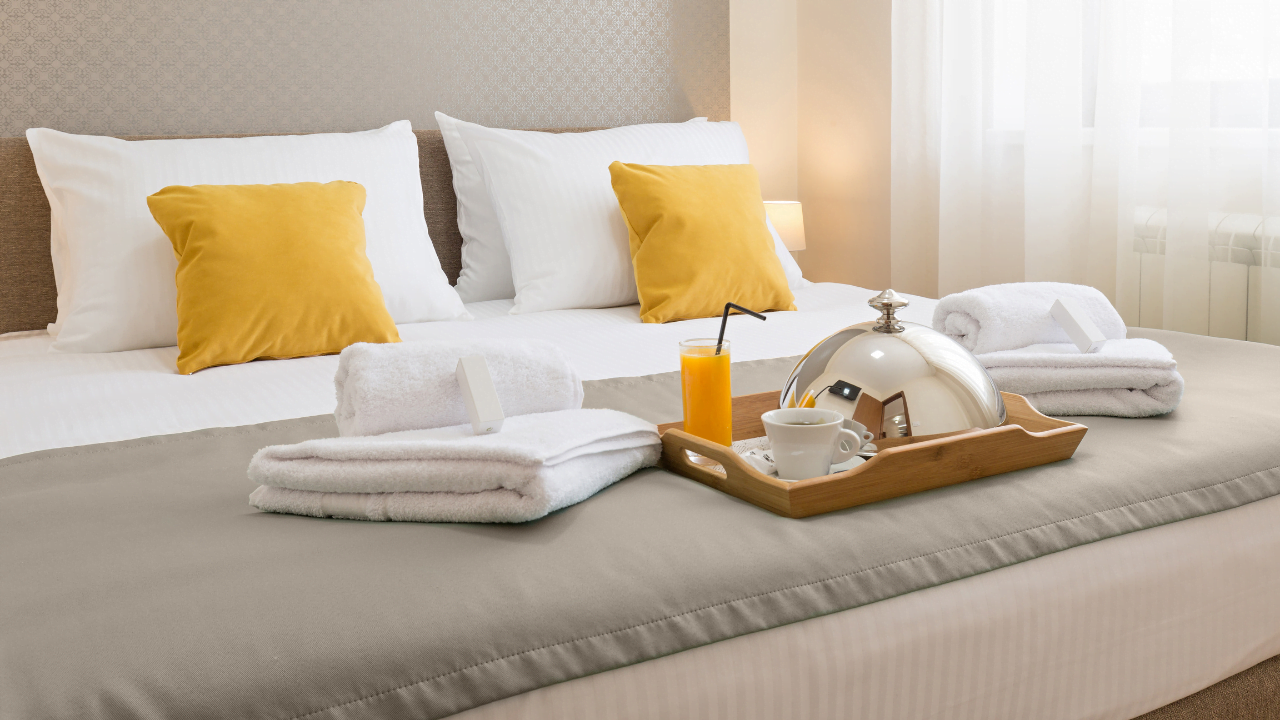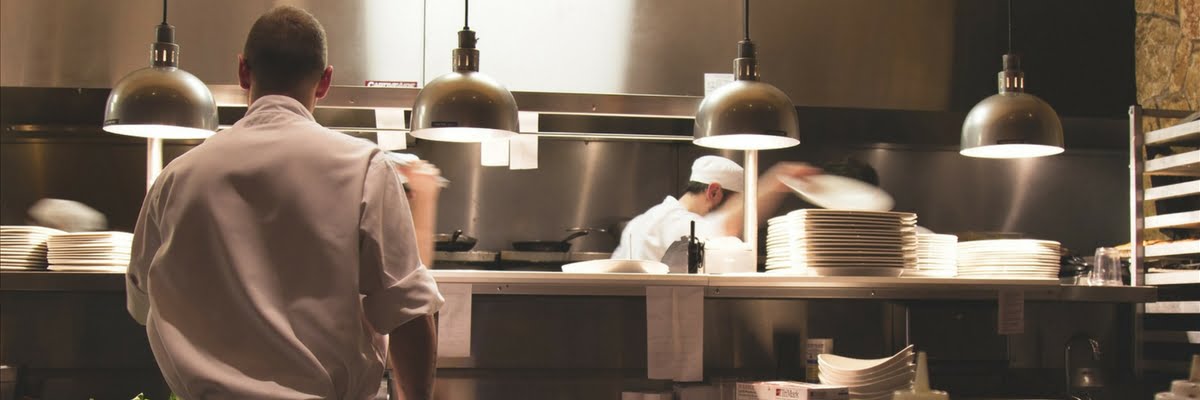Excel’s Director Shane Mclave gives his thoughts on the recent government guidelines ( and their ongoing updates) for the hospitality industry’s re-opening and what more needs to be done to support the industry.
The much-awaited guidelines for hospitality businesses reopening arrived last week, with further developments since and more expected to come. All have been met with a very mixed reaction. Some of these guidelines absolutely make sense in terms of keeping everyone safe, while some of them seem plucked out of thin air and do no more than hinder hospitality businesses trying to return to profitability. Under the latest guidelines, patrons are given a 105 minute limit on the time they can spend in a pub or restaurant. But why? This seems to be an arbitrary number plucked out of thin air, with no real basis in science from what anyone can tell. Another concerning guideline for wedding venues and hotels is the onus being placed on staff to maintain social distancing at all times, including on dancefloors. How can anyone expect this to work in real-life without placing an increased workload on staff or potentially jeopardising guest experience? One of the biggest questions for businesses of all sizes, from intimate restaurants to large hotels and contract caterers is in what world can chefs maintain a 2m distance in a busy kitchen during service?
Uncertainty for hospitality industry
According to latest updates The 2m social distancing guideline but this can be reduced to 1metre* in controlled environments . But what does this mean? Many who have already spent time mapping out 2m within their premises and have spent money on signage displaying a 2m distance. There are major differences in readying a space for 2m and readying the same space for 1m. With a little over a week to go until June 29th, businesses nationwide are right now doing the trojan work of figuring out what the recent government guidelines mean for them and applying the necessary changes to their premises while coping with unclear and rapidly changing guidance. While everyone is happy to be opening sooner than August as originally scheduled and hopefully salvaging some of the summer season, the one thing the government’s original 5 phase plan did give was certainty. We’re all aware that COVID-19 and the fight against it are constantly evolving but is it fair to ask individual businesses to bear the brunt of this uncertainty alone?
There needs to be a recognition that these recent government guidelines cost time and money to implement and enforce and businesses need to be given the supports to do so. There needs be further recognition that many venues won’t be able to operate under them; through absolutely no fault of their own. Many high-end restaurants and pubs whose USP is their cosy and intimate atmosphere and reversely, many events venues whose business model is large crowds will have to hold off until the virus is further suppressed.
Long term supports
Again, while an earlier opening date is most definitely a positive news story; more sustainable, long term supports will be needed. Many tangible suggestions have been proposed by the Restaurants Association of Ireland including 0% VAT rate for the tourism & hospitality industries for the period of the crisis & an entire year afterwards, then reverting to a 9% rate for a period of 5 years after along with relief on rates or rent for the rest of the year. It cannot be a case of “now you’re open, you’re on your own.” Everyone has been on the same side of closing to ensure public safety, that cannot swivel to the government and hospitality industry being on opposite sides when it comes to getting the country back running. One of the things that lockdown has shown is the resilience, creativity and desire to succeed of the hospitality industry in adapting to challenges in the market. That in itself is reason to be positive. Best of luck to all our clients and businesses reopening in the coming weeks and congratulations on all your efforts.








